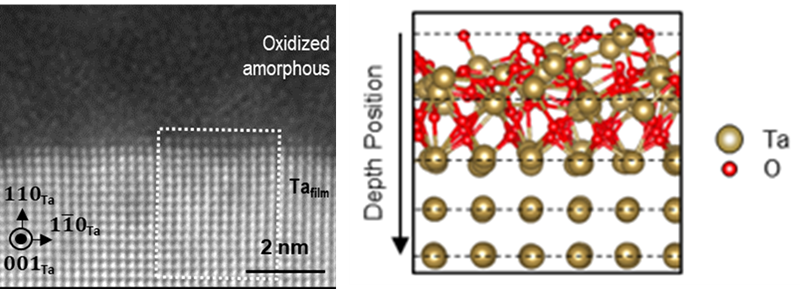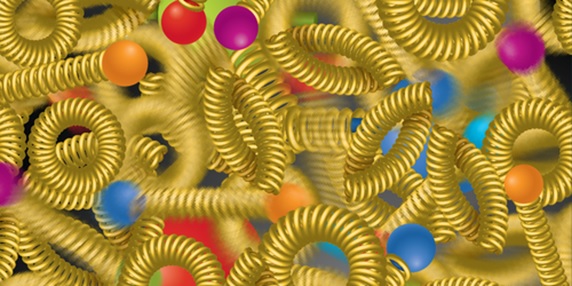A heavy flavor in cooking may use cream, but it has a different meaning in physics. Heavy flavor particles are exotic particles. They’re unlike the neutrons and protons that make up the matter we’re used to. Like protons and neutrons, heavy flavor particles are made of quarks and gluons. There are six different types of quarks: up, down, charm, strange, top, and bottom. While protons and neutrons are made of “up” and “down” quarks, heavy flavor particles are made of “charm” and “bottom” quarks, which are heavier than their normal-matter counterparts.
Scientists produce these heavy flavor particles by smashing together large nuclei (like that of gold). To do this, they use particle accelerators such as the Relativistic Heavy Ion Collider at the Department of Energy’s Brookhaven National Laboratory and the Large Hadron Collider at CERN. The collisions break nuclei apart into a trillion-degree soup of quarks and gluons called the “quark-gluon plasma.” This plasma is similar to the conditions at the beginning of the universe just after the Big Bang.
Physicists want to know how these heavy flavor particles form, evolve, and interact with the quark-gluon plasma. The heavy charm and bottom quarks have such large masses compared to the other quarks that it was a bit surprising that they still get swept up in the flow of the expanding plasma. Physicists can track that motion to better understand how the heavy quarks interact with and in the quark-gluon plasma. This includes how the quarks bind back together to make new, bigger particles.
Currently, an overarching theory called quantum chromodynamics describes how quarks and gluons interact. But scientists want to know more about the connections between the interactions of the heavy flavor particles and the characteristics of the quark-gluon plasma. Specifically, they want to be able to mathematically describe the whole process.
A theoretical collaboration is working to fill in these gaps. The goal is to describe these processes in specific numerical ways that the collaborating scientists can compare to experimental data. The collaboration is led by researchers from Texas A&M University. It includes researchers from the Department of Energy’s Brookhaven National Laboratory, Lawrence Berkeley National Laboratory, Lawrence Livermore National Laboratory, Los Alamos National Laboratory, Thomas Jefferson National Accelerator Facility, and several universities.
With a combination of theory and experimentation, scientists are continuing to reveal more about the beginnings of our universe and everything in it.
sourced from https://www.sourcearu.com



